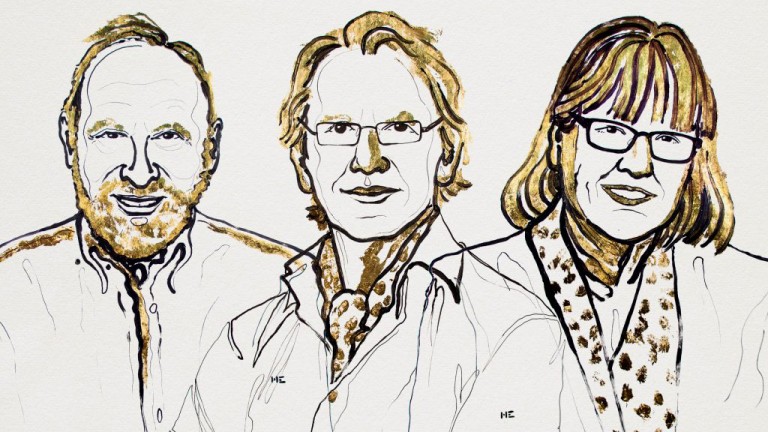This year’s Nobel Prize for physics is to be shared by three scientists for their groundbreaking work on lasers.
Optical tweezers: Half of the million-dollar award goes to Arthur Ashkin in the US for his development of “optical tweezers,” which allow light beams to manipulate tiny organisms like bacteria without damaging them. The breakthrough has led to a technique that separates healthy blood cells from infected ones, among other applications.
Laser pulses: The other half of the prize is to be shared by Gérard Mourou in France and Donna Strickland in Canada “for their method of generating high-intensity, ultra-short optical pulses,” according to the Nobel committee. So-called “chirped pulse amplification” is used in corrective eye surgery—creating high-intensity beams without damaging tissue. Future uses could create more effective solar cells or faster electronics.
A milestone: Strickland, who is based at Ontario’s University of Waterloo, is the third woman ever to win the physics Nobel and the first since 1963, when Maria Goeppert Mayer was recognized for her work on the nuclear shell structure.
Perfect timing: Strickland’s win comes just days after CERN physicist Alessandro Strumia made controversial and widely reported comments at a conference claiming that men are better at physics. He has since been suspended.

